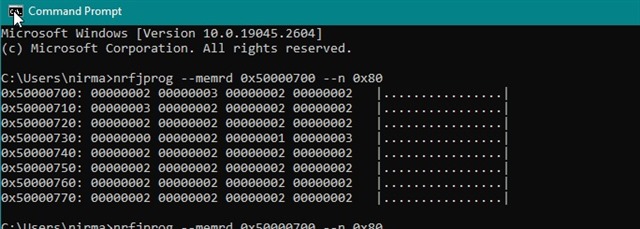I do have different issue with Nrf52810. I am trying to build a wearable device with NRF52810 and LSM6DSMTR.
I am measuring the current towards the NRF52810 using a series resistor (100E).
Rectangle part is SPI Communication (NrF Delay) in the graph
Whenever I send an SPI command, I can see there is a triangle based current consumption (Not sure what it is ).
You can see the image without SPI as well.



I am using SES V5.62 (SDK 7.2.0)



